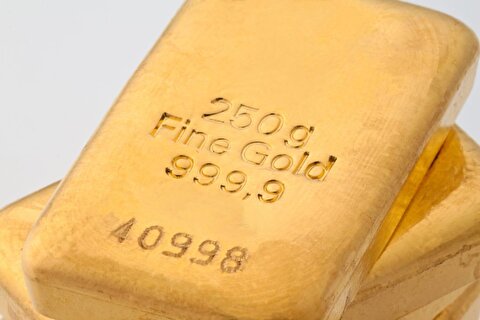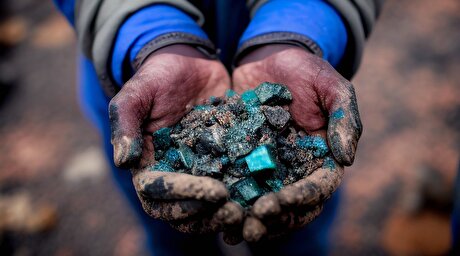
Standard Chartered: gold in tug-of-war now but seen averaging $1,725 in 2Q

The metal has been on a roller-coaster ride lately, rising to a seven-year high above $1,700 an ounce but now closer to $1,600, with Standard Chartered blaming the pullback on profit-taking that materialized due to margin calls as stocks plummeted amid worries about the economic impact of the coronavirus outbreak. As of 9:27 a.m. EDT, spot gold was down $25.40 for the day to $1,609.40 an ounce.
“We believe prices will likely continue to be caught in a tug-of-war between safe-haven flows and liquidity needs; but beyond the near term, an environment of record-low U.S. Treasury yields, expectations of further Fed rate cuts, weak equity markets, dovish central-bank action globally, and growing negative-yielding debt will likely continue to stoke demand for gold as a diversifier and a safe haven,” said the report from Standard Chartered, written by precious-metals analyst Suki Cooper.
“In a weak physical market, technical support is likely to materialize around $1,600/oz, but we believe risks continue to lie to the upside and expect prices to average $1,725/oz in Q2 2020.”
Cooper pointed out that gold prices tend to firm after emergency rate cuts. They gained almost 3% in the immediate wake of a Federal Reserve emergency cut on March 3, before heading lower again.
The analyst pointed out that “gold was not always called upon as a liquid asset,” particularly in the 1990s and early 2000s, when gold prices were weak. However, during the Great Financial Crisis that began in 2008 and again, more recently, gold prices have been much stronger, making the metal “ripe” for profit-taking to meet margin calls when other markets weaken.
“We see upside risk for gold, but near-term gains could be measured,” Standard Chartered said.
Meanwhile, Standard Chartered pointed out that inflows of gold into exchange-traded products are on pace for their strongest month since last summer, even though there was a small outflow on Wednesday. ETP holdings are up a “staggering” 97 metric tons so far in March, leaving them at a pace for potentially the strongest month since August when they exceeded 100 tons.
“Fresh inflows are broadly spread between Europe and North America, but North American holdings are still some 190 [tons] below their peak reached in 2012, suggesting scope for further inflows,” Standard Chartered said.



Hindustan Zinc to invest $438 million to build reprocessing plant

Gold price edges up as market awaits Fed minutes, Powell speech

Gold Fields nears $2.4B Gold Road takeover ahead of vote

Glencore trader who led ill-fated battery recycling push to exit

UBS lifts 2026 gold forecasts on US macro risks

Roshel, Swebor partner to produce ballistic-grade steel in Canada

EverMetal launches US-based critical metals recycling platform

Iron ore price dips on China blast furnace cuts, US trade restrictions

Cleveland-Cliffs inks multiyear steel pacts with US automakers in tariff aftershock

Trump raises stakes over Resolution Copper project with BHP, Rio Tinto CEOs at White House

US seeks to stockpile cobalt for first time in decades

Trump weighs using $2 billion in CHIPS Act funding for critical minerals

Nevada army depot to serve as base for first US strategic minerals stockpile

Emirates Global Aluminium unit to exit Guinea after mine seized

Tailings could meet much of US critical mineral demand – study

Codelco cuts 2025 copper forecast after El Teniente mine collapse

Glencore targets 1Mt of copper in Argentina over coming decade

Viridis unveils 200Mt initial reserve for Brazil rare earth project

SQM boosts lithium supply plans as prices flick higher

US seeks to stockpile cobalt for first time in decades

Trump weighs using $2 billion in CHIPS Act funding for critical minerals

Nevada army depot to serve as base for first US strategic minerals stockpile

Tailings could meet much of US critical mineral demand – study

Codelco cuts 2025 copper forecast after El Teniente mine collapse

Glencore targets 1Mt of copper in Argentina over coming decade

Viridis unveils 200Mt initial reserve for Brazil rare earth project

SQM boosts lithium supply plans as prices flick higher

Abcourt readies Sleeping Giant mill to pour first gold since 2014














